World’s Largest Micro-algae Bloom
© Klaus ThymannA recently identified belt of sargassum stretching from West Africa to the Caribbean Sea, the world’s largest micro-algae bloom ever recorded. The patch is more than 8000 km long and the algae has a volume of about 20 million metric ton. The belt is titled the Great Atlantic Sargassum Belt.
Runoff is likely fuelling the explosion of seaweed in the Atlantic. Using satellite images, Dr Wang from South Florida University showed the explosion of algae growth, with the trigger being the increased influx of nutrients to the ocean. To make room for cattle farming and agriculture the Amazon forest if being cut down. Ranching and soy production result in nutrient runoff into the Amazon river, ultimately discharging into the Atlantic Ocean feeding the sargassum algae.
The sargassum belt is being moved by wind and current and straddles the beaches along the Caribbean. On the coast it rots, leaving a toxic mix of nutrients, hydrogen sulphide, arsenic and more. These all have negative effect on fisheries, corals, sea turtles and tourism.
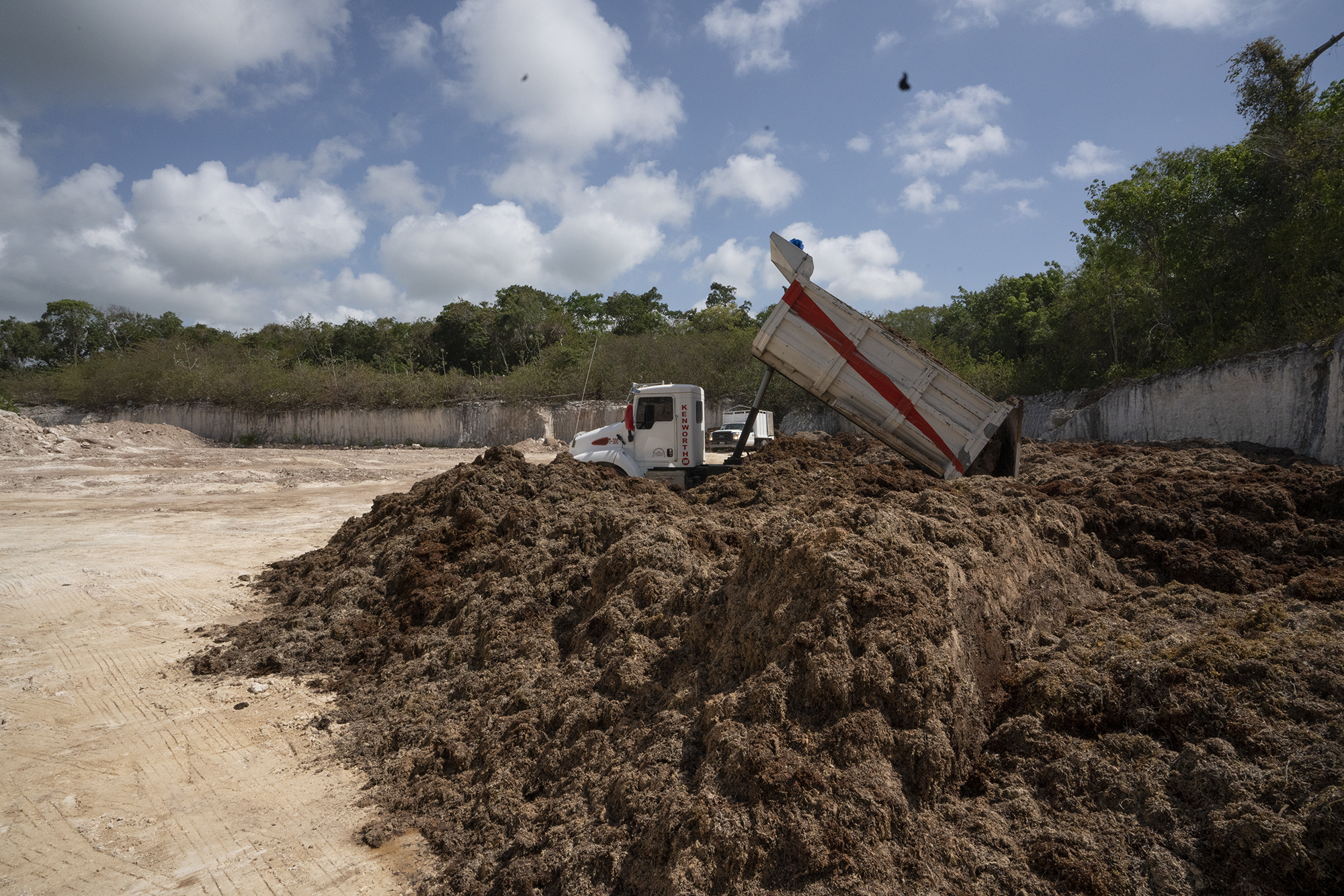


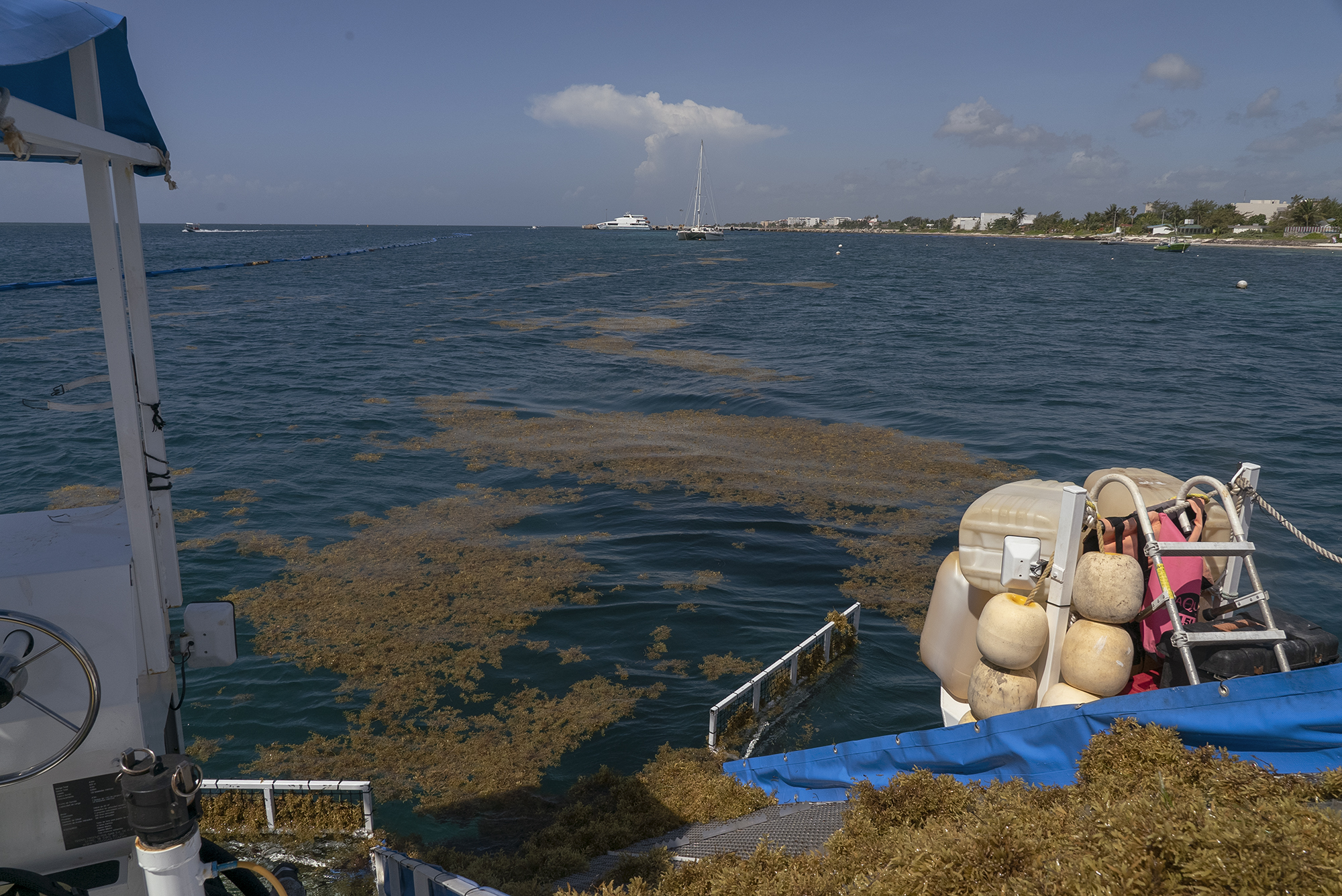
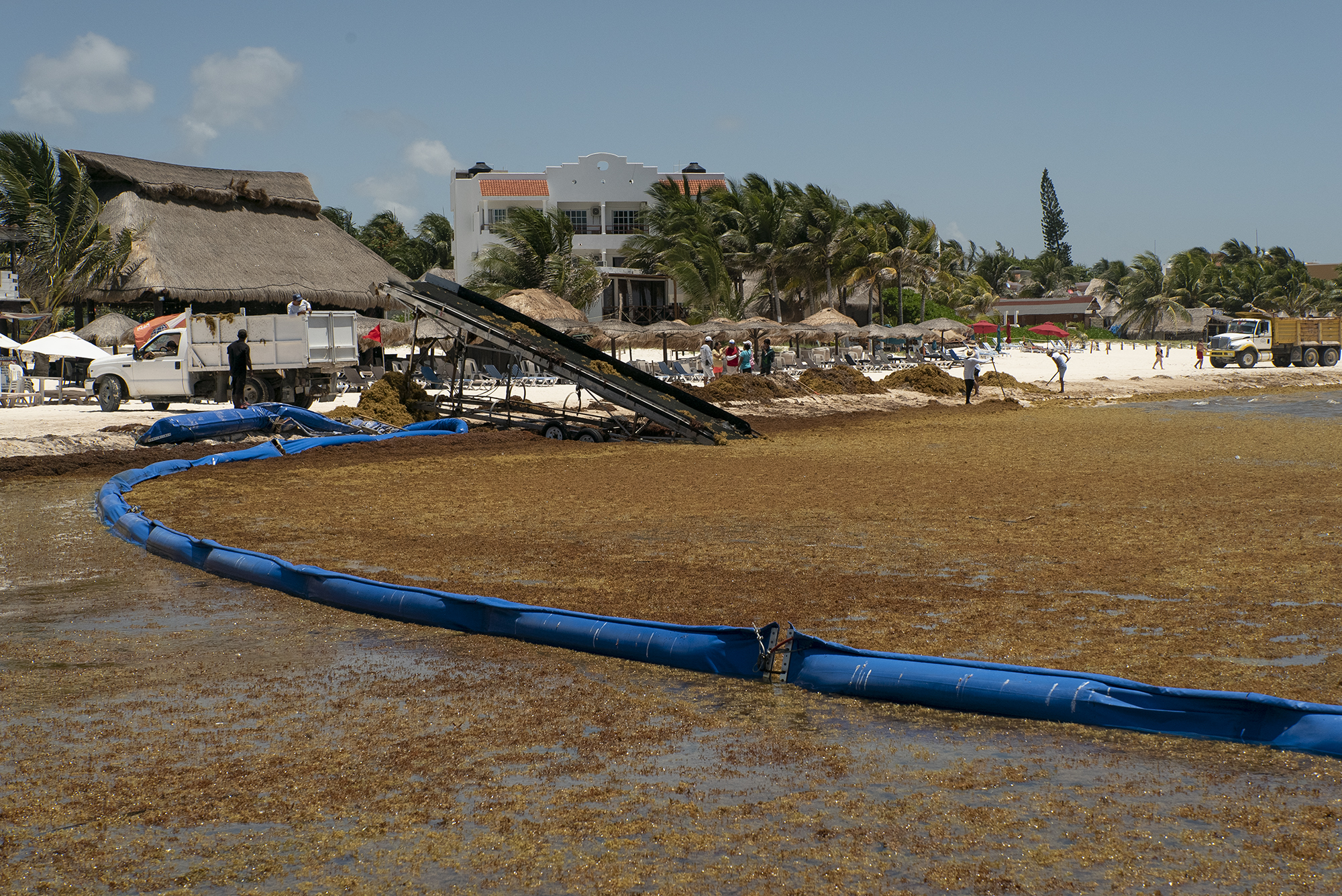
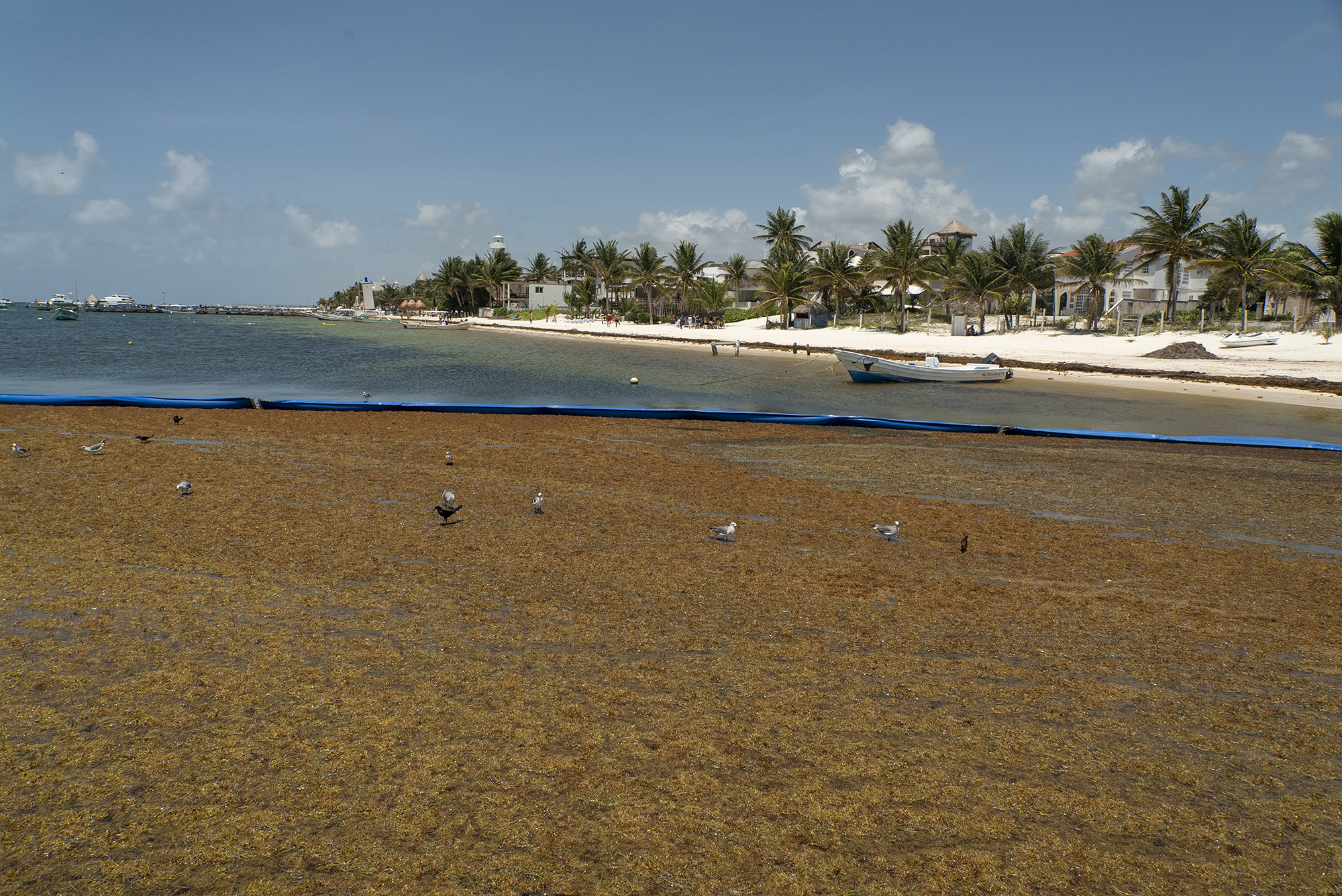

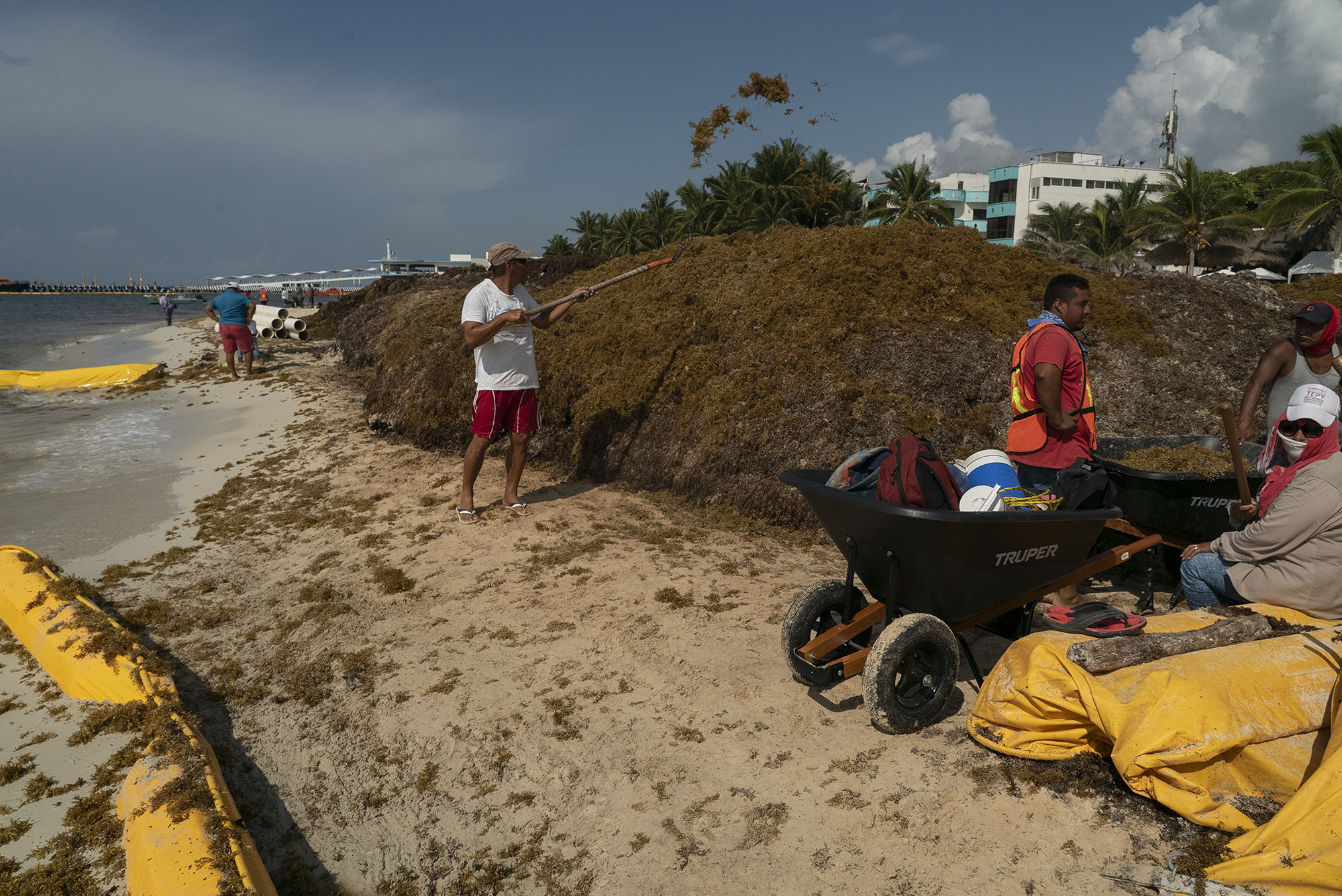
A recently identified belt of sargassum stretching from West Africa to the Caribbean Sea, the world’s largest micro-algae bloom ever recorded. The patch is more than 8000 km long and the algae has a volume of about 20 million metric ton. The belt is titled the Great Atlantic Sargassum Belt.
Runoff is likely fuelling the explosion of seaweed in the Atlantic. Using satellite images, Dr Wang from South Florida University showed the explosion of algae growth, with the trigger being the increased influx of nutrients to the ocean. To make room for cattle farming and agriculture the Amazon forest if being cut down. Ranching and soy production result in nutrient runoff into the Amazon river, ultimately discharging into the Atlantic Ocean feeding the sargassum algae.
The sargassum belt is being moved by wind and current and straddles the beaches along the Caribbean. On the coast it rots, leaving a toxic mix of nutrients, hydrogen sulphide, arsenic and more. These all have negative effect on fisheries, corals, sea turtles and tourism.
The Yucatan coast in Mexico has been particular hard hit, affecting the economy negatively as it relies mainly on tourism, and the tourists don’t like smelly brown beaches, so they stay away. The Mexican authorities have declared an emergency, the navy has been tasked with building ships and private companies have been bought in with hundreds of workers and heavy machinery to try to clean the beached. The collected algae is dumped in the jungle where it rots releasing toxins that seep into the aquifer and float to the ocean through the underground rivers – a negative feedback loop.
Klaus Thymann has travelled in the Amazon documenting deforestation, photographed the response in Mexico and interviewed and photographed the two key scientists in Florida. Combined this give a full picture of the environmental disaster unfolding, caused by human activity.
Thymann has researched this subject for the past 8 months and has just finished a 12 min documentary film titled Flows – Its all Connected, due for imminent release.
